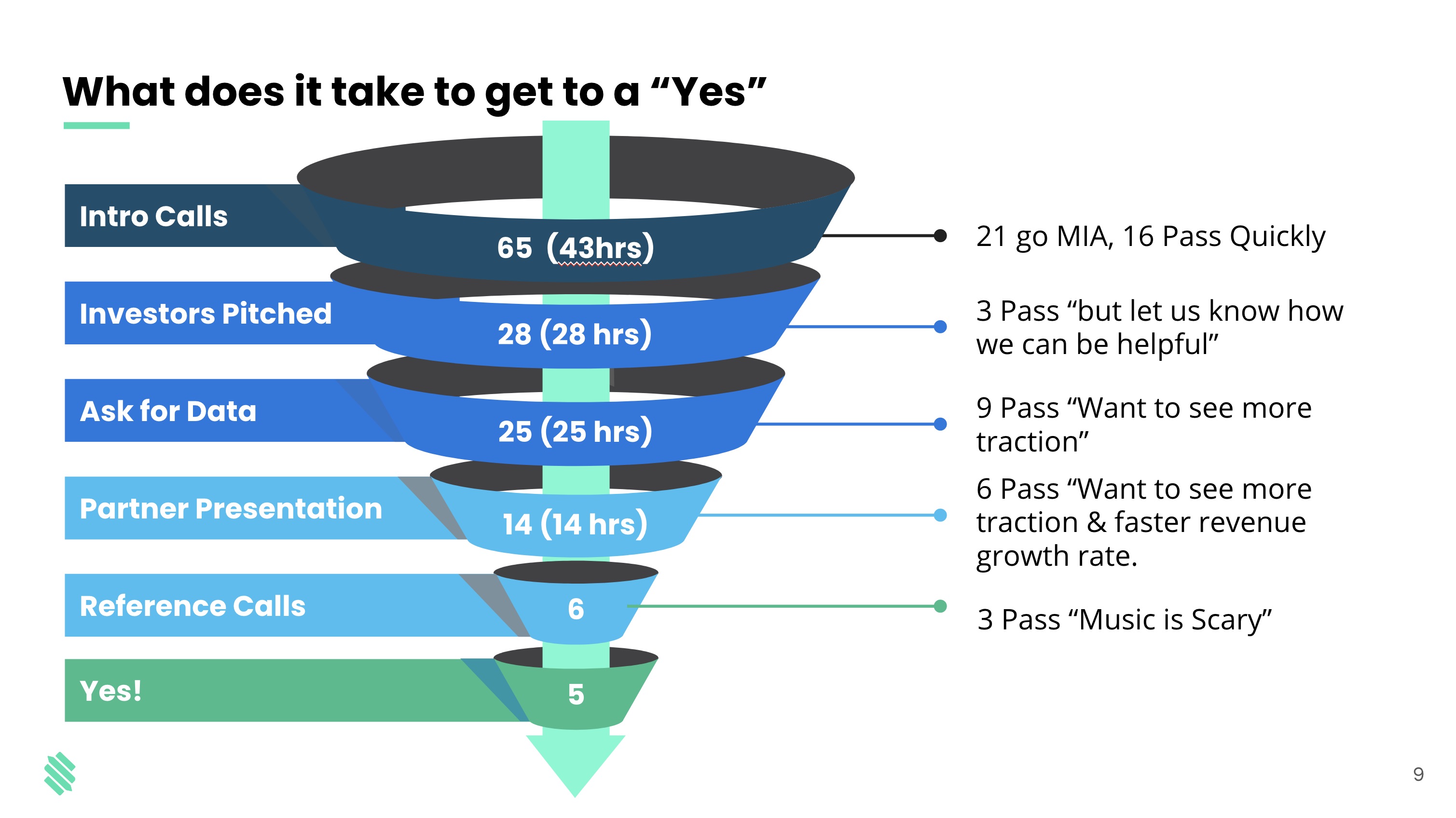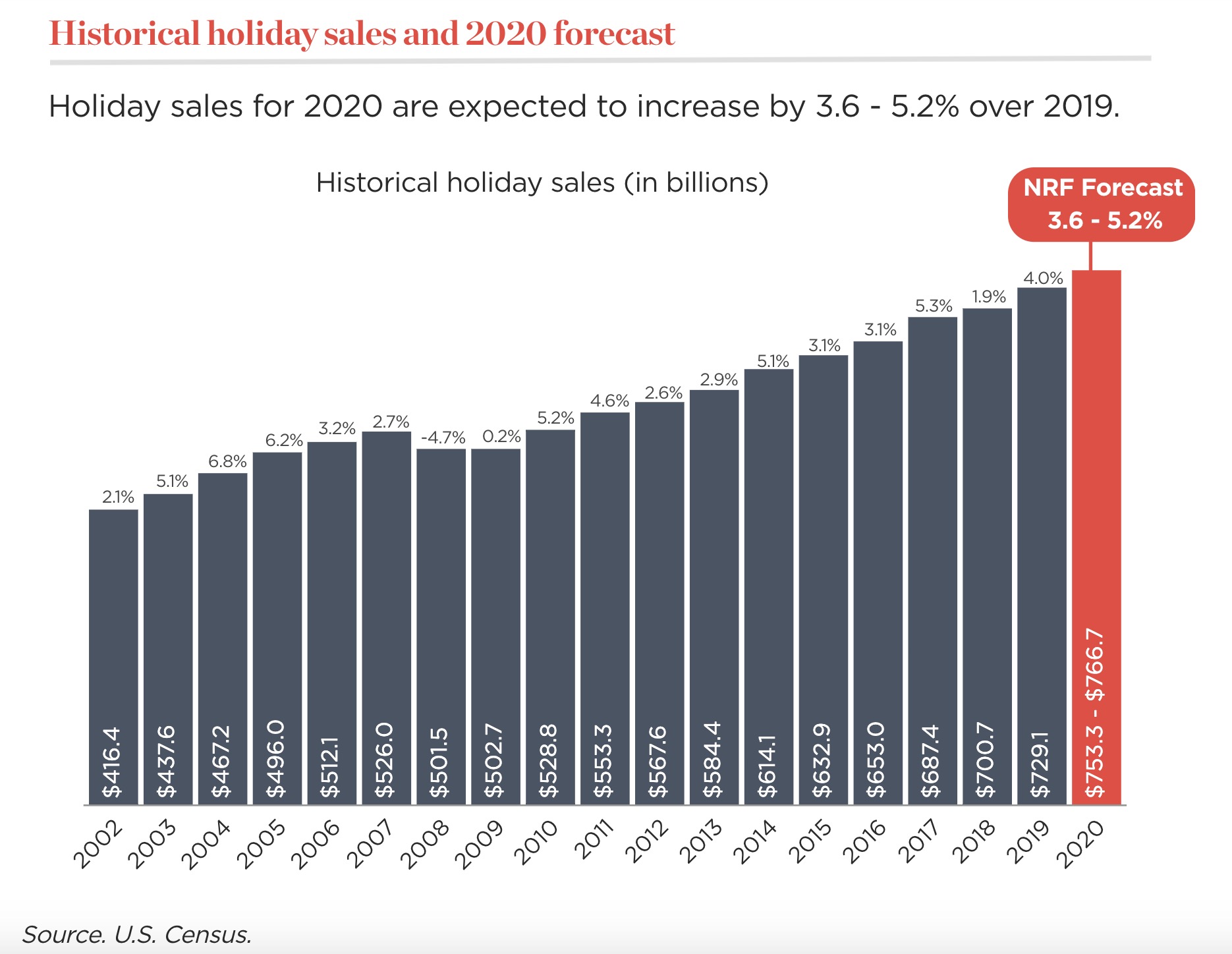How to Build a Fundraising Sales Funnel for Your First Startup Investment
Securing your first investment check requires more than just a great pitch—it demands strategic relationship-building and systematic execution. Milana Lewis, CEO and co-founder of music tech startup Stem, shares her proven framework for early-stage fundraising success.
The Power of Early Relationship Building
Milana’s journey began a decade before launching Stem, during her tenure at United Talent Agency (UTA). While evaluating tools for UTA’s clients, she identified a critical gap in financial management solutions for artists—an insight that would later shape Stem’s mission.
Her role at UTA Ventures, the agency’s investment arm, provided unexpected advantages:
- Exposure to high-profile investors like Gary Vaynerchuk and Scooter Braun
- Opportunities to cultivate authentic relationships
- A platform to share her entrepreneurial aspirations
“Start raising a year before you start raising,” Milana advises. “Build relationships and data points long before you need them.”
3 Key Strategies for Fundraising Success
1. Bring Investors Into Your Journey Early
Milana’s approach to investor relations:
- Shared regular updates about Stem’s development
- Sought advice during the ideation phase
- Maintained transparency about her entrepreneurial goals
This long-term engagement meant that when fundraising began, some investors required just a 15-minute conversation to commit.
2. Systematize Your Outreach
Milana’s disciplined process for each funding round:
- Create a Lead List: 100+ potential investors
- Discovery Phase: Track responses to key questions in a shared spreadsheet:
- Investment focus areas
- Recent portfolio additions
- Market opportunities they’re watching
- Typical check sizes
- Prioritize Prospects: Focus on investors with:
- Relevant stage focus
- Existing relationships
- Potential to attract other backers
- Create Urgency: Compressed 60-day timelines with back-to-back meetings in key cities
3. Transform Rejection Into Intelligence
During Stem’s COVID-era fundraising round:
- Conducted 65 introductory calls
- 28 progressed to next stages
- 21 ghosted, 16 passed
Milana’s rejection protocol:
- Requested referrals from investors passing due to timing
- Gathered detailed feedback from declined offers
- Used insights to refine pitch materials and strategy
The result? A successful round closed with five committed investors.
Key Takeaways for Founders
- Start early: Investor relationships take years to cultivate
- Systematize everything: From lead tracking to meeting schedules
- Leverage rejection: Every \‘no\’ contains valuable data
- Create scarcity: Time-bound processes drive decisions
 Image Credits: Nathan Beckord
Image Credits: Nathan Beckord
By approaching fundraising as a long-term relationship-building process rather than a transactional pitch, founders can significantly improve their chances of securing that crucial first check.












